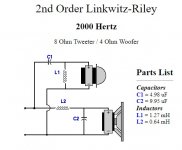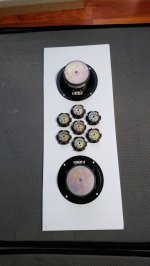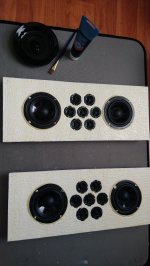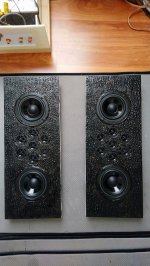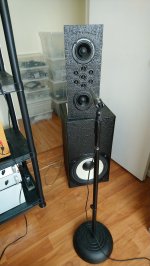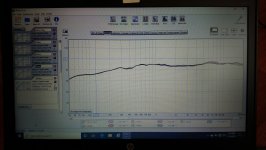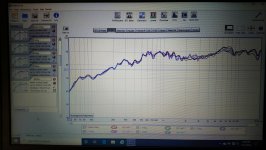based on horizontal 0 degrees of axis, I would say ~2kHz, up to that its behaving very well, maybe a little bit above, 2.2kHz, that's when your two 8" starts narrowing
looks like TPL150 should not have problem from ~2kHz
looks good!
looks like TPL150 should not have problem from ~2kHz
looks good!
Thank you!
What do you think of the vertical dispersion, especially the twin 8"? Does it look like poor measurement (measurement artifacts, like reflections)? On vertical axis it looks good, but past 10 degrees it looks kind of nasty to me. Not sure how concerned I should be.
What do you think of the vertical dispersion, especially the twin 8"? Does it look like poor measurement (measurement artifacts, like reflections)? On vertical axis it looks good, but past 10 degrees it looks kind of nasty to me. Not sure how concerned I should be.
Where do you think I should xo them at, slope? What do you think of the vertical dispersion?
I'd cross over to the TPL-150H somewhere around 1250hz to 1750hz ( based on your posted polars ).
Build some test boxes ( 1 for each component ) and then swap back and forth between a TMM and the MTM arrangement.
Choose the configuration that you like best.
🙂
I'd cross over to the TPL-150H somewhere around 1250hz to 1750hz ( based on your posted polars ).
Build some test boxes ( 1 for each component ) and then swap back and forth between a TMM and the MTM arrangement.
Choose the configuration that you like best.
🙂
Thank you.
Is your assessment based on horizontal dispersion only or vertical as well? How do you read verticals?
Will do as you say. In fact it was already in my plans. However we are in full covid lockdown now down here, so can't get materials to build those. In fact I'm using a repurposed box for these measurements so I can get going and learning while covid unfolds.
Thank you.
Is your assessment based on horizontal dispersion only or vertical as well? How do you read verticals?
Let your ears guide you to your final configuration.
I'm not going to bother trying to "sell" that sort of guidance to you.
FWIW, no amount of testing // data gathering // trace reading // comes close to explaining the phenomena called "Imaging" .
🙂
Last edited:
LewinskiH01's speaker looks like it might go a bit loud! 😀
https://www.beyma.com/speakers/Fichas_Tecnicas/beyma-speakers-data-sheet-amt-TPL150H.pdf
B&C Speakers
It's all been done before, of course. So maybe is a good idea.
People used to use 1 or 2x 8" bass and a Decca Kelly ribbon back in the day.
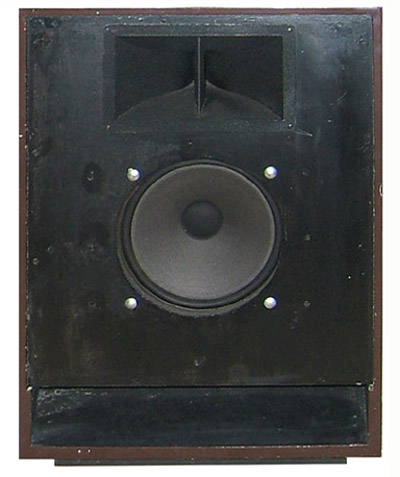
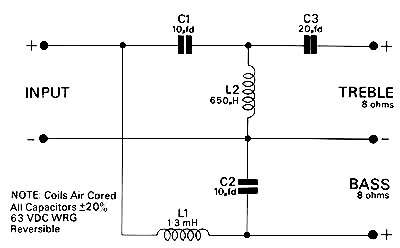
Double it up to TMM or MTM style:
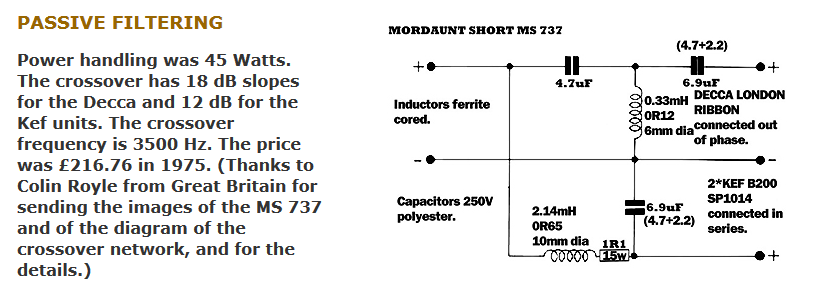
I think the idea is you are about 10 metres away, so a few dispersion issues aren't really going to be heard. But you get that nice efficient PA sound.
https://www.beyma.com/speakers/Fichas_Tecnicas/beyma-speakers-data-sheet-amt-TPL150H.pdf
B&C Speakers
It's all been done before, of course. So maybe is a good idea.
People used to use 1 or 2x 8" bass and a Decca Kelly ribbon back in the day.
Double it up to TMM or MTM style:
I think the idea is you are about 10 metres away, so a few dispersion issues aren't really going to be heard. But you get that nice efficient PA sound.
FWIW, no amount of testing // data gathering // trace reading // explains the phenomena of "Imaging" .
🙂
Indeed the Word 'imaging' Is the same as how the Eye sees( like a camera, inverted) and our 'inner circuits' revert the images+3D vision. Same for the Word 'focus'...
For sound, the musical sound, it's differenti for many reasons, the First Is that sound Is a slow in propagation phenomena, contrary to light...
Last edited:
LewinskiH01's speaker looks like it might go a bit loud! 😀
https://www.beyma.com/speakers/Fichas_Tecnicas/beyma-speakers-data-sheet-amt-TPL150H.pdf
B&C Speakers
It's all been done before, of course. So maybe is a good idea.
People used to use 1 or 2x 8" bass and a Decca Kelly ribbon back in the day.
Indeed, these could play very loud. Yet my goal is high efficiency for SET driving them in an active setup, rather than going insanely loud.
Yes, it's been done before. Here's a commercial speaker: Divin
I think the idea is you are about 10 metres away, so a few dispersion issues aren't really going to be heard. But you get that nice efficient PA sound.
I sit at 2 metres rather than 10, though. Which is one of the largest question marks I have.
It looks pretty - as does MTM ;-)
//
made some progress
Attachments
made some measurements today and did some easy listening
measured response is just MTM, no woofer, hence some early roll of due to open baffle cancelation (I plan to finish sides)
it has impeccable of axis response
sounds great too
measured response is just MTM, no woofer, hence some early roll of due to open baffle cancelation (I plan to finish sides)
it has impeccable of axis response
sounds great too
Attachments
Hi adason could you show it with 60db scale? over 120db is going to be really flattening it out. also what smoothing have you used, and what are the angles in the graph? 🙂
Tony.
Tony.
Thanks 🙂 I'm guessing that there are room effects in there as well. It's better than I would have expected!
Tony.
Tony.
yeah I often wonder, I see anything from 70 to 40. 40 gets a bit too roller coaster, I usually go with 60 because you can see reasonable detail without it looking too terrible 😉
Tony.
Tony.
Thanks 🙂 I'm guessing that there are room effects in there as well. It's better than I would have expected!
Tony.
i have not tweaked the crossover yet, i believe that hump at 6-7kHz can be cured by inserting resistor to the third section of those flanking four tweeters on each side, they are coming in too hot
first section is just one central tweeter
second section are those above and below, in series, thus double the impedance
but third section are four series/parallel, so the same impedance like one tweeter, so obviously they need taming
but third section are four series/parallel, so the same impedance like one tweeter, so obviously they need taming
Hi Adason
I guess that means they will not only have to be reduced in level but also in upper frequency extension. Or am I wrong ?
Regards
Charles
- Home
- Loudspeakers
- Multi-Way
- MTM sound characteristics
